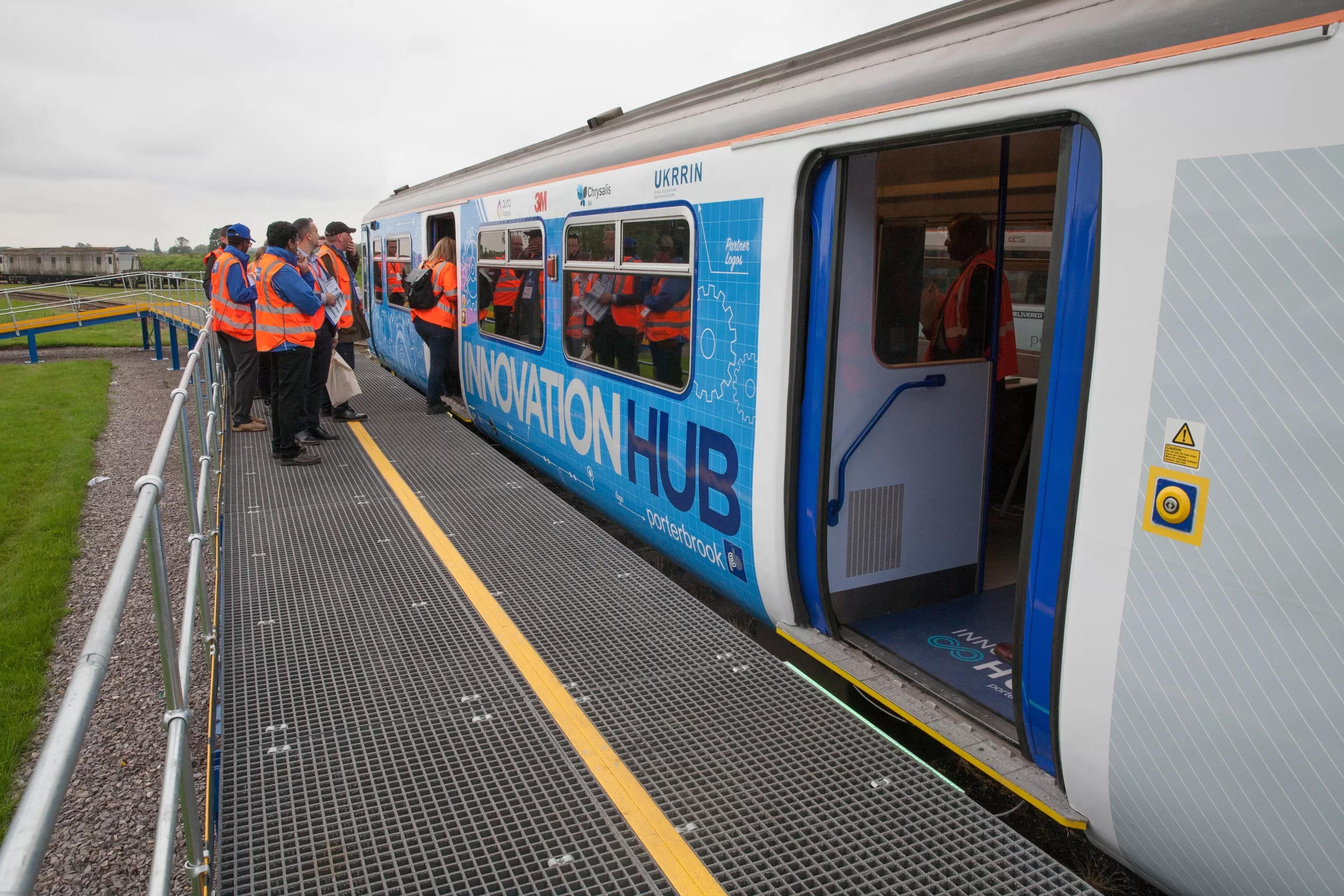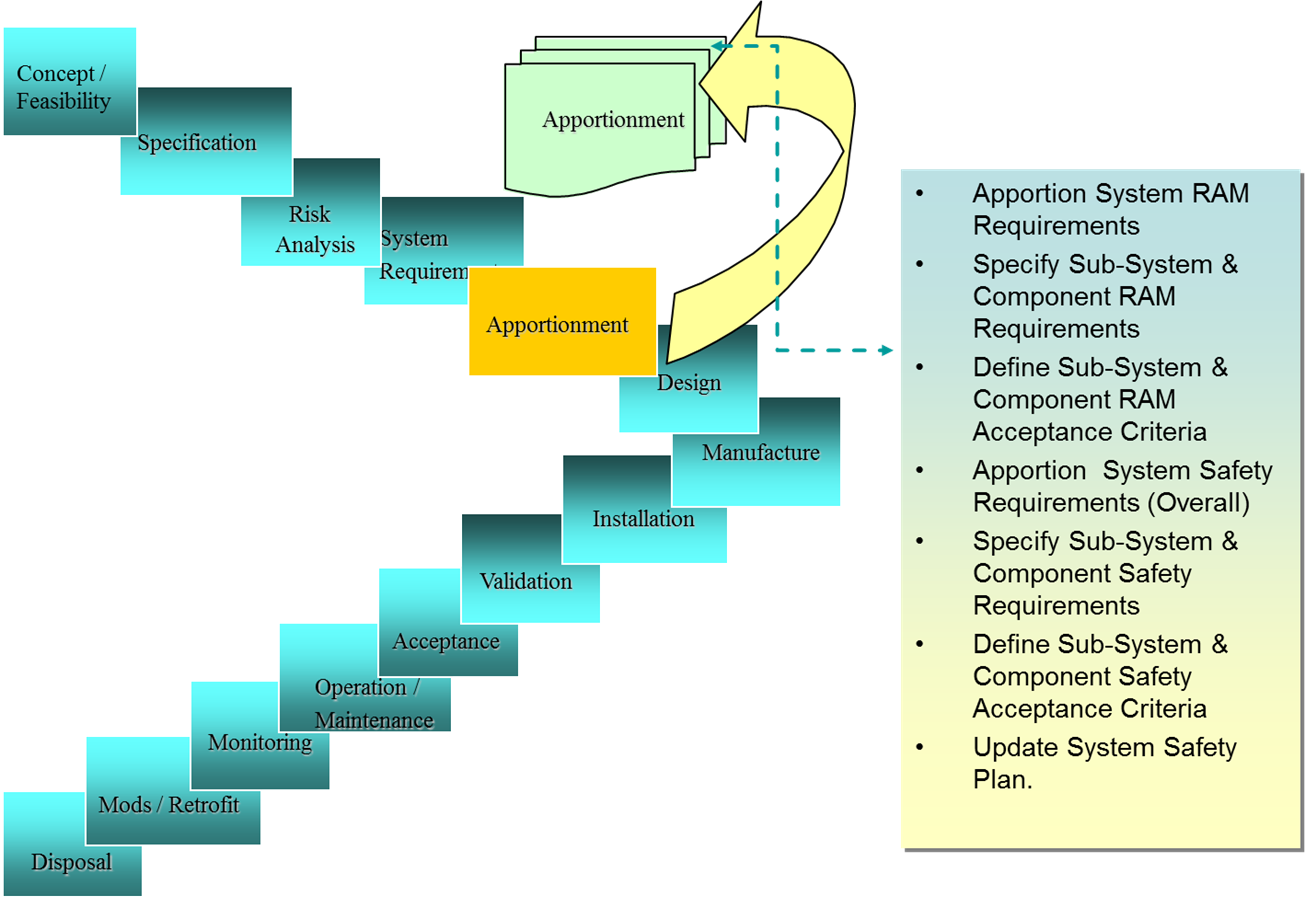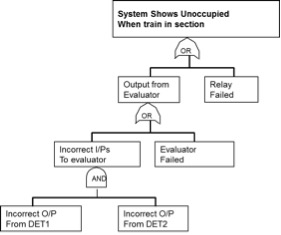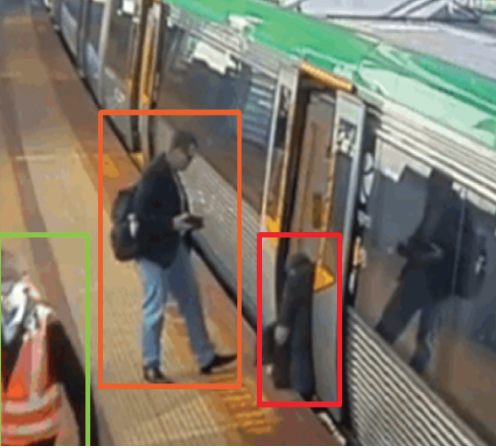
Digital Rail have worked with Lancaster University on a project under which our intelligent computer vision system is optimising safety and vehicle dwell times. The project is based upon patented technology developed at Lancaster University. Years of research by Professor Plamen Angelov and Dr Gruff Morris have allowed the intelligent vision system to be computationally efficient to reduce data dimensionality in detecting both static and moving objects by autonomously performing platform train interface (PTI) monitoring after being taught what both a good and errant platform situation looks like.
Findings
The Vision system:
- Can detect where passengers are on the platform (if they cross the yellow line)
- Alerts be sent to drivers, staff and other stakeholders if someone is stuck in the gap
- Can get a measure of the number of passengers on both the train carriages and the platforms
- All using existing camera infrastructure
- processing can be done in real time on a computer the size of a credit card (Raspberry Pi for example)
How it works
- Uses CV analysis with filters applied to remove clutter
- Computationally efficient
- Detects static and moving objects
- Distinguish between objects based on motion criteria
- Analyses both platforms and carriages
- Provides a busyness measure for each, compensating for perspective distortion
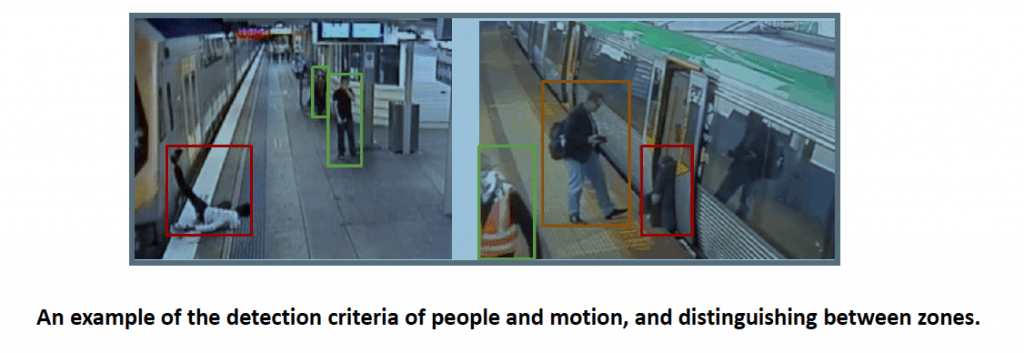
Stakeholder Benefit
Passengers (customers)
- Improved safety at the Platform Train Interface
- Optimisation of their Platform Train Interface experience
Drivers
- Increase driver’s experience and go some way to reduce stress and pressure
- Assist the driver to maintain on-time services by reducing passenger boarding dwell time, further helping to reduce safety related incidents
Train and Station Operators
- Improved safety of passengers through a reduction in Platform Train Interface FWI incidents
- Faster passenger boarding at the Platform Train Interface can aid station operators in running a safer and quicker service
- (side effect) improved passenger movement will help to reduce larger crowds and subsequently improving safety



